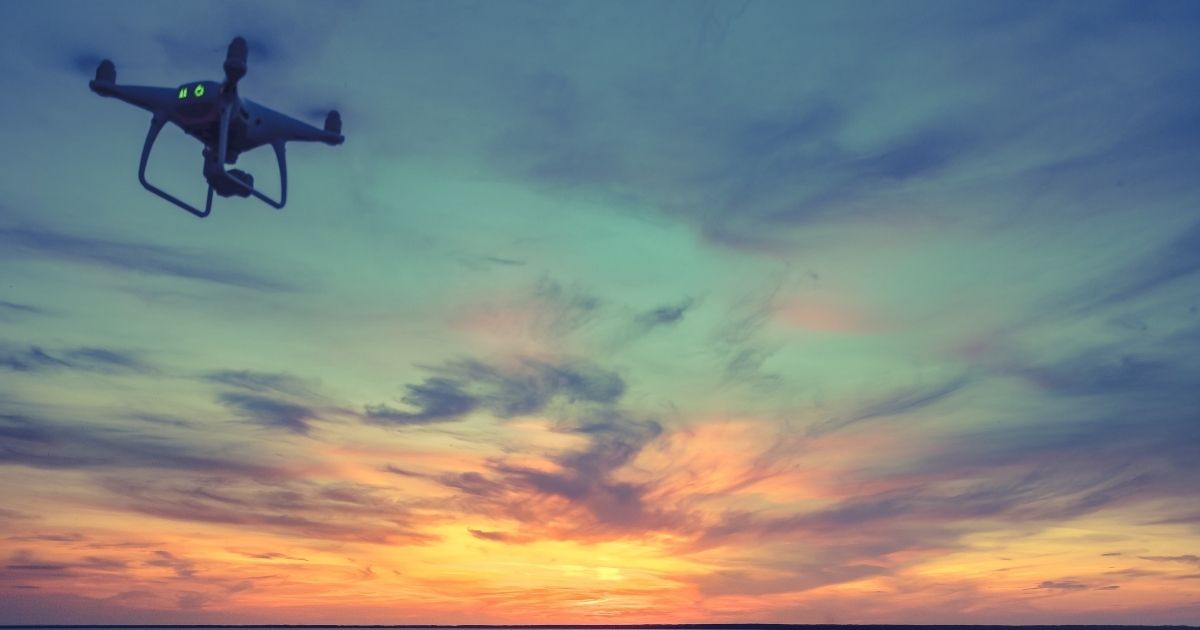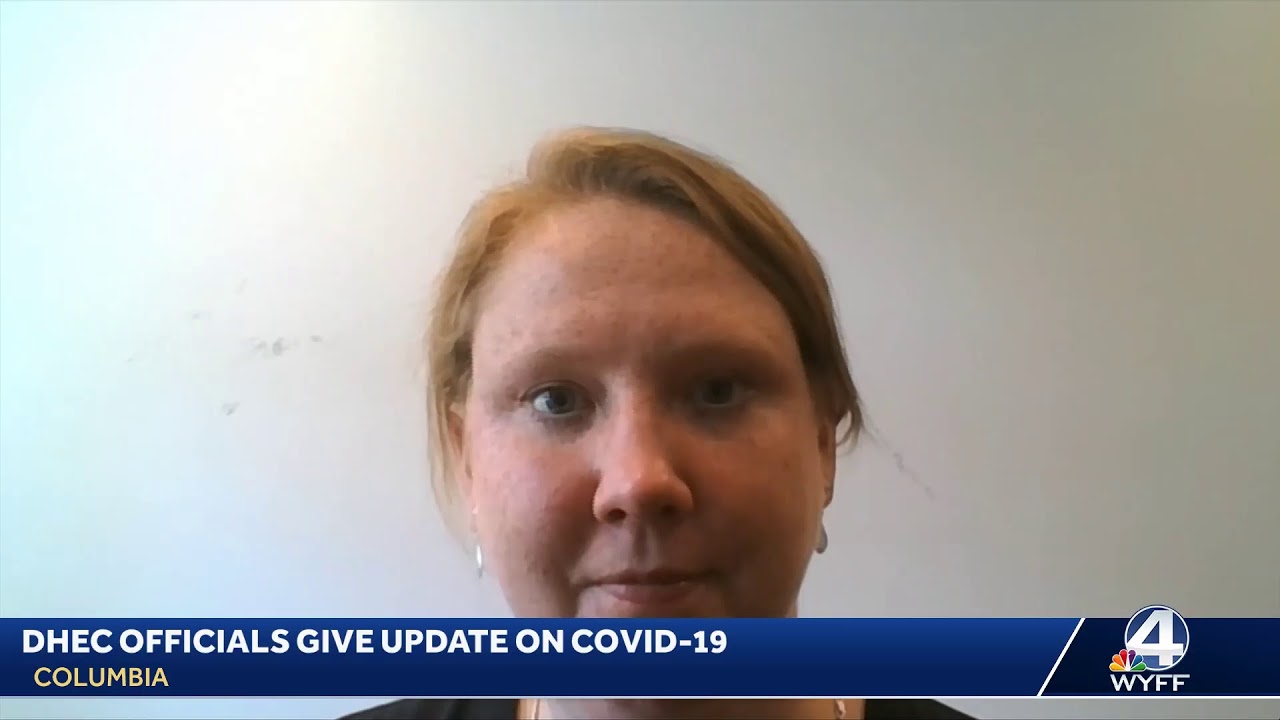You’re familiar with fishing and you know about remote-controlled drones, but did you know that you can bring the two together? Fishing enthusiasts have found that flying drones over water is a great way to precisely drop bait and lines exactly where they want. With the right bait-release mechanism, you can modify drones to enhance your angling experience to a whole new level. Get into this cool hobby using these drone fishing tips you need to know.
Obtain a Suitable Drone
The drone that you obtain for fishing purposes needs to be adapted to aqueous settings in order to survive the conditions you’ll put it through. Since you’ll use it above bodies of water, you must get a waterproof drone so that it’ll remain functional even if it falls. Waterproof drones usually come with the ability to float and lift off from water’s surface so you can fly them back to land or your boat. The ability to remain stable while flying in the rain may be another feature that you want to keep an eye out for.
Know What Reels and Lines To Use
Your drone is only half of your setup when drone fishing. The reels and lines you use with your fishing rod are also vital considerations. There are two fishing reels suited to drone fishing: spinning reels or overhead reels. Spinning reels are versatile and work well in different water depths. With them, a drone will replace the need to cast your line. Overhead reels are designed to drop lines straight down into the water from a boat. A drone broadens their effectiveness by allowing you to move where your place your line while using them. As for the line itself, you should obtain one that’s at least 100 feet long which can support up to 25 pounds. This will allow you to have a nice dropping range and reel in small and large fish alike.
Get in Plenty of Practice
Flying a drone deftly will take some time, just like regular fishing. Therefore, a drone fishing tip you need to know is that you should get in plenty of practice with it. Solidify your skills with your drone by flying it even on days when you aren’t out near water. You should have a good handle on turning it and changing its altitude, as well as activating the release mechanism so you’re confident with it when you actually fish. Along with a suitably durable drone, having the skill to control your drone smoothly will prevent accidents. The last thing you want is to lose or seriously damage your drone since it’s an expensive piece of equipment.










